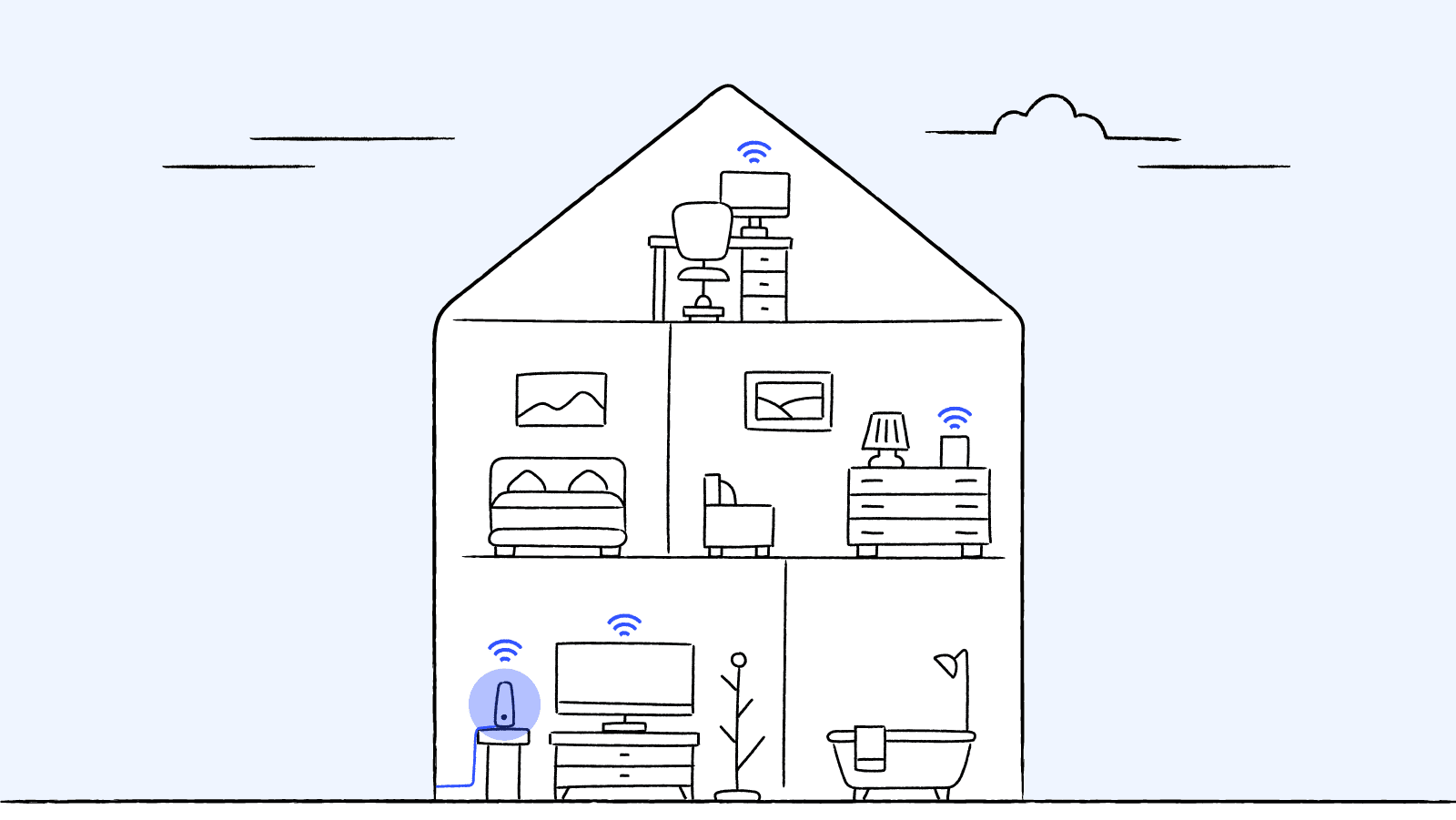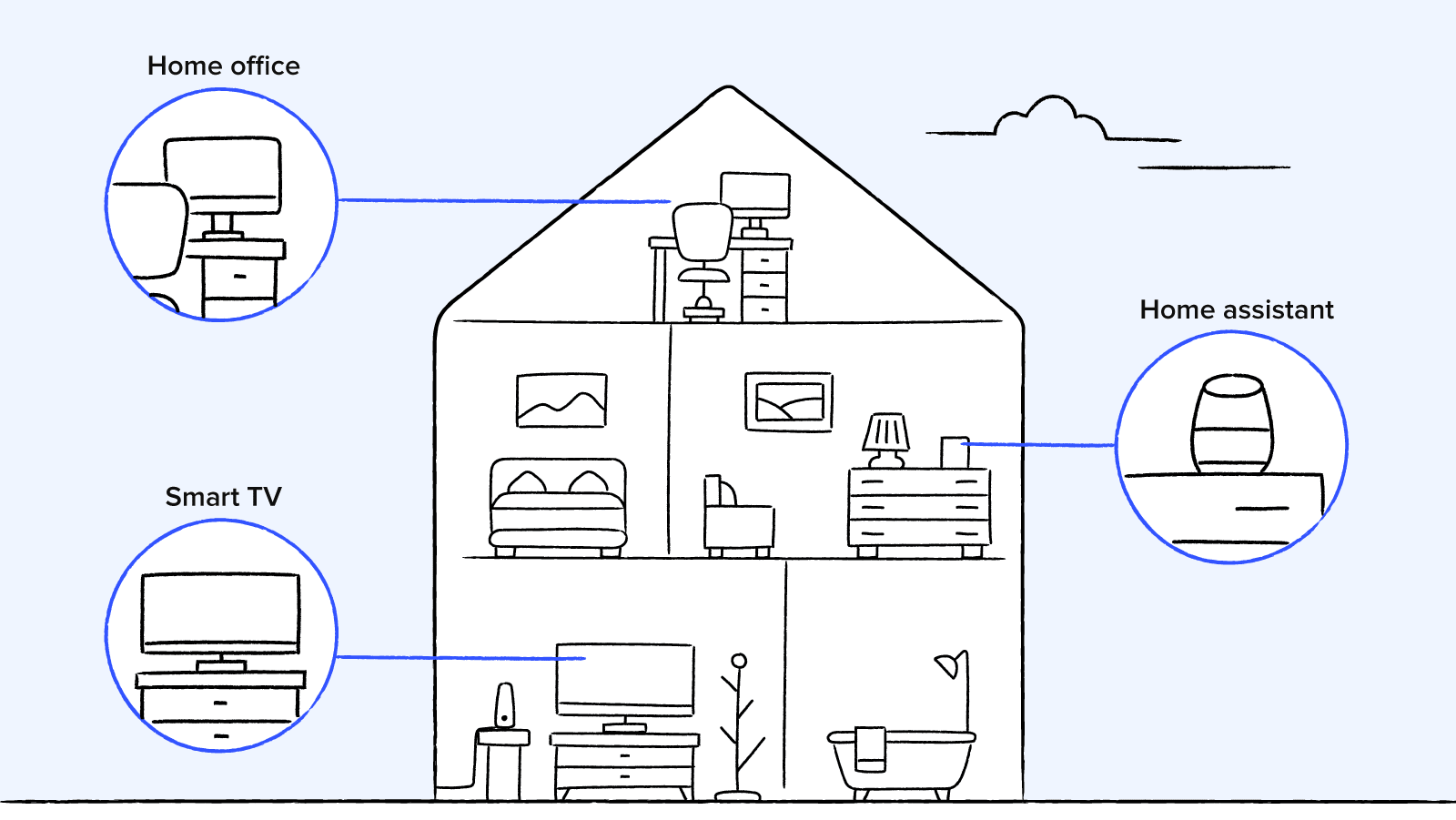WHAT IS FIBER INTERNET?
04
How fast is fiber internet?
Let’s use Ting as an example. Ting Internet offers speeds of up to 1,000 Mbps or one gigabit per second (which is why it’s called “gigabit internet”), putting it among the fastest internet available. We get it though—sounds impressive, but what does it actually mean?
Well, using an average cable internet connection, a large file like a movie might take about 30 minutes to download. With a gigabit fiber connection, that same file would be downloaded in less than 30 seconds. The same cable connection would have 32% of its bandwidth used by a video chat (so if a couple of people in your home are chatting at the same time, you could start seeing issues). A gigabit fiber internet connection would have just 0.4% of its bandwidth used by that video chat.
Fiber internet isn’t just faster. It’s a whole new online experience.
Types of fiber (not all fiber is created equal)
Fiber-to-the-node (FTTN)
Fiber is run to a street cabinet or “node.” This node may be miles from the fiber connection's final destination. Homes are then connected to the node with existing copper wiring. As a result, the customer’s internet speed is limited by the copper wire’s capabilities.
Fiber-to-the-home (FTTH)
This is the best fiber internet around! FTTH uses end-to-end fiber-optic cable from the network to your home or business. This is the type of internet Ting offers, allowing you upload and download speeds of up to 1,000 Mbps with a wired connection.

Central office: Where the optical signal gets distributed to a whole area.
Cabinet: A network terminal that serves a number of homes.
Junction box: An access hatch where fiber splits off to individual homes.
Optical network terminal (ONT): Where fiber connects with an Ethernet cable.
Router: That thing that makes hard-wired internet wireless.
Symmetrical fiber internet
With Ting’s symmetrical fiber internet, you can upload as fast as you download. Other providers might offer a decent download speed, but are often lacking when it comes to the upload part. Why is upload important? It lets you push to the internet as much as you pull from it. That means contributors and innovators can add files to the cloud and work more efficiently, and two-way activities like gaming and video chatting don’t suffer.











